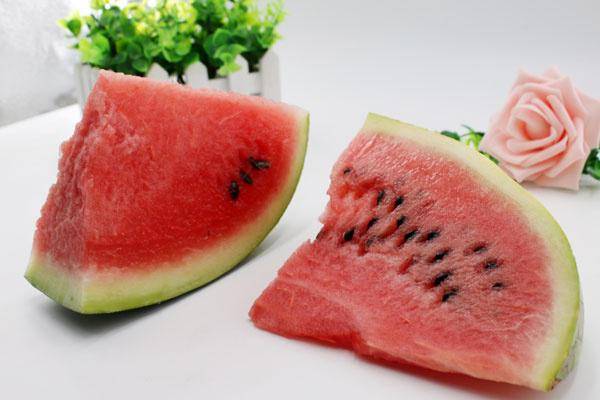Ms. Liu from Wuhan bought a watermelon in the supermarket, didn’t finish it that night, and stored it in the refrigerator. Two or three days later, she remembered the leftover watermelon in the fridge, took it out, and had a few bites. Surprisingly, Ms. Liu soon felt feverish and dizzy, but didn’t pay much attention. It wasn’t until the next day when she woke up feeling noticeably unwell, weak in walking, seeing stars, and started trembling. With the help of her family, Ms. Liu went to the local hospital for an examination. The examination revealed that Ms. Liu’s symptoms were due to bacterial invasion of the intestines, causing intestinal damage and showing signs of septic shock. The source of these bacteria was the frozen watermelon she ate.
Such incidents are not uncommon during the summer, yet many people do not pay attention to how they consume watermelon. Especially the chilled watermelon, which tastes better and is almost a necessity for cooling off in the heat. There are many cases like Ms. Liu’s, such as Mr. Zhang from Hunan, who had his intestines necrotized after eating frozen watermelon and had to have the affected part removed.
Why does frozen watermelon pose such a big threat? Where do these bacteria come from?
The watermelon stored in the refrigerator initially contains few bacteria; most of the bacteria come from meat and vegetables inside the fridge. Some may wonder how bacteria can survive in such a cold environment like a fridge. In reality, just like people, bacteria have preferences for temperature, some like it hot, some like it cold. Over time, some bacteria naturally develop on meat stored for a long time in the fridge and can transfer into the watermelon.
Because watermelon has high sugar content, bacteria also greatly favor it. Once bacteria land on the watermelon, with an abundant supply of nutrients, they reproduce rapidly. The longer the watermelon is stored, the easier it is for more bacteria to accumulate. The harm from eating frozen watermelon mainly stems from the presence of these numerous bacteria. Mild symptoms may include abdominal pain, diarrhea, chills, and feeling cold, while severe cases can be life-threatening like the two examples mentioned above.
Leftover watermelon, if not handled correctly, can turn into “poisoned” watermelon!
Don’t panic yet. It seems leftover watermelon can still be stored in the fridge. However, paying more attention is key to its storage and consumption.
Proper watermelon storage: Try not to cut the leftovers into small pieces, as it is less conducive to preservation. Based on this point, estimate your food intake, wrap the leftover watermelon with cling film in advance and place it in the refrigerator compartment, which can help minimize bacterial contamination. Thus, the storage time should be within 24 hours, as prolonged storage favors bacterial growth.
Proper way to eat frozen watermelon: Watermelon stored in the fridge should be consumed within 24 hours, finishing it all. If you can’t finish it at this point, it’s not advisable to continue storing it. When eating watermelon, an important step not to miss is using a fruit knife to remove the outer layer tightly close to the cling film. Most bacteria tend to accumulate on the surface of the watermelon, and removing it can reduce the bacterial content.
Additionally, during the summer, there are various foods in the refrigerator, such as fruits, vegetables, meats, soups, etc., leading to a higher chance of bacterial growth. Aside from storing them separately, it’s essential to clean the refrigerator every one or two weeks to ensure cleanliness and hygiene, consequently reducing the probability of bacterial growth in watermelon.


